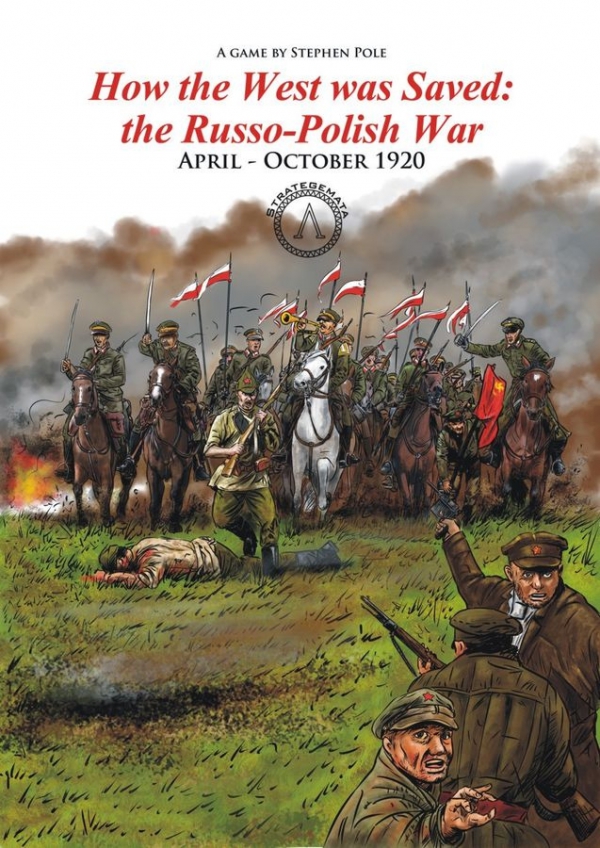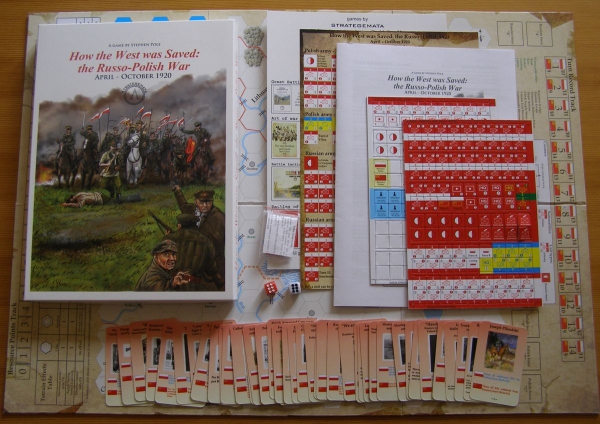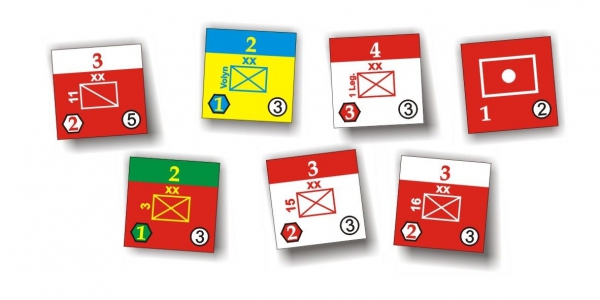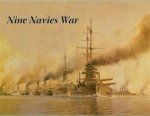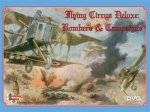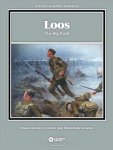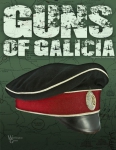-
Załączniki bezpieczeństwa
Załczniki do produktuZałączniki dotyczące bezpieczeństwa produktu zawierają informacje o opakowaniu produktu i mogą dostarczać kluczowych informacji dotyczących bezpieczeństwa konkretnego produktu
-
Informacje o producencie
Informacje o producencieInformacje dotyczące produktu obejmują adres i powiązane dane producenta produktu.Strategemata
-
Osoba odpowiedzialna w UE
Osoba odpowiedzialna w UEPodmiot gospodarczy z siedzibą w UE zapewniający zgodność produktu z wymaganymi przepisami.
"How the West was Saved" is a two–player strategic wargame based upon the Russo – Polish War from April 1920, when the Poles were poised to attack Kiev, until October 1920 when the War effectively came to an end. One player commands the Polish and Ukrainian armies; the other commands the Russians (and their Lithuanian allies if Lithuania joins the conflict). Generally, each counter denotes a cavalry or infantry division or an artillery train; but, some smaller brigades and regiments are also represented.
This was a war of manoeuvre fought over huge distances with relatively small armies. As a consequence, even though both sides were well equipped for defence - possessing artillery, barbed wire and machine guns - a combination of vast open spaces and rudimentary reconnaissance meant that, unlike on the crowded battlefields of WW1, defensive positions could often be outflanked and overrun before reinforcements arrived.
The game mechanics are designed to reflect this fog of war. Players only have a certain number of resource points each turn to supply and to move units. As supply lines extend so, just as happened historically, they become increasingly vulnerable, and strategic options reduce. Players take it in turns to allocate Activation Markers to units that they wish to move; but, their orders may not be received or obeyed. The direction that a unit is facing is integral to the combat system, recognising the importance of flanking manoeuvres.
The war was a fascinating mix of ancient and modern. With cavalry operating alongside aircraft, armoured trains and tanks, and carrier pigeons alongside field radios. It also featured some of the characters who were to become icons of the twentieth-century: Churchill, de Gaulle, Lenin, Pilsudski, Stalin and Trotsky. This rich tapestry of equipment, characters and events is captured in Cards to reflect the random events and extraneous factors which the Gods chose to cast down upon those caught up in the tumultuous events which unfolded in Eastern Europe during the fateful year of 1920.
Box contents:
- 16-page Rulebook,
- Set Up Card,
- Two Six-sided Dice (2D6): One Red, One White,
- mounted 48 x 68 cm map showing territories between Warsaw and Smolensk,
- 216 unit counters and game markers, and
- 40 laminated Random Event Cards.
—description from the publisher






